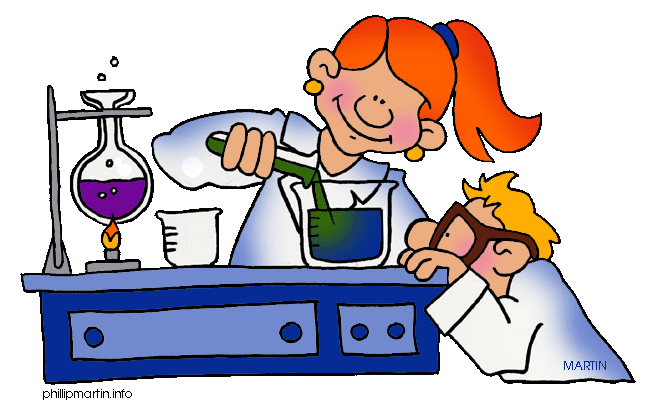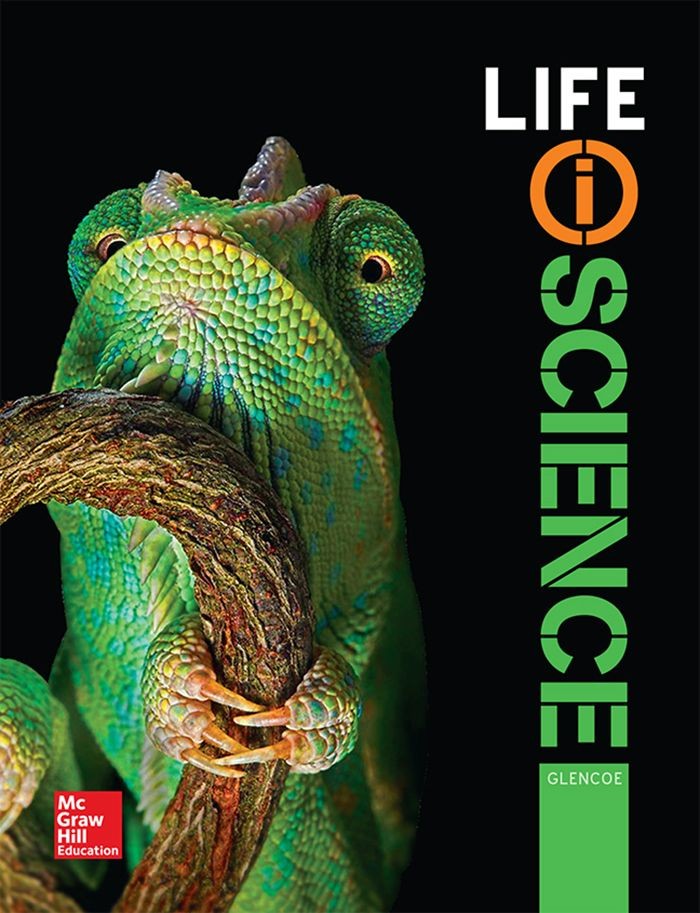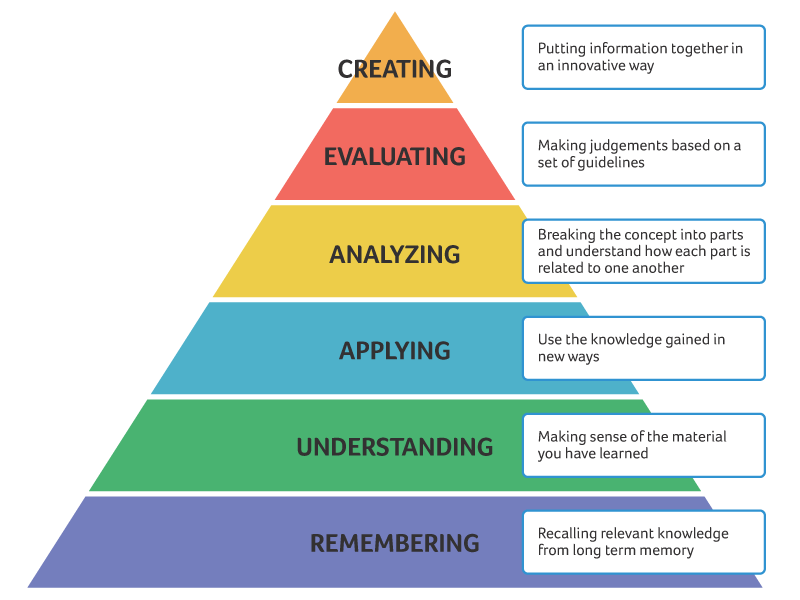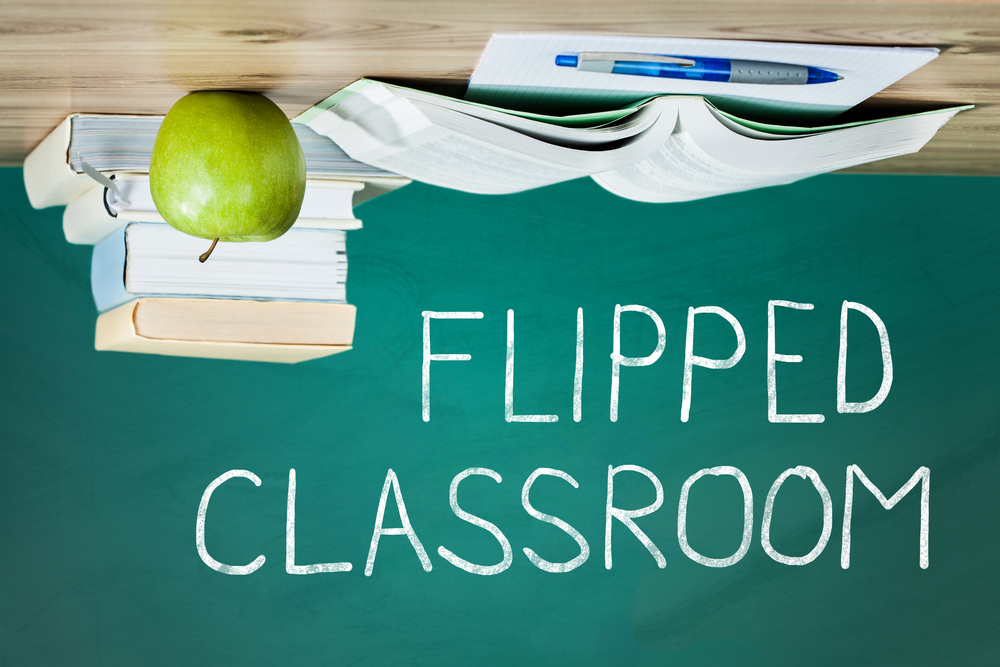
How are Lesson and unit plans the same and how are they different?
Lesson plans are the daily content to be taught within a unit. Lesson plans are short and prepared by the teacher. Various lessons are taught on a weekly basis to fulfill a unit plan. The unit plan is the "big idea" broken up into smaller units (lessons), that take place over a longer period of time (months/semester). Both lesson plans and unit plans are created to ensure that the specific content students are intended to learn meet the teaching and learning targets/objectives successfully.
Quick Summary
- A lesson plan elaborates, basically, on objectives of a particular lesson and how teaching is planned in a way to achieve those objectives.
- A unit plan, on the other hand, covers a wider area; a unit that can include many lessons.
LESSON PLAN
|
UNIT PLAN
|
Definition: A teacher's plan for teaching an individual lesson
|
Definition: Plan for a unit, which consists of many lessons
|
Created By: Individual Teacher
|
Created By: Sectional Head or Head of the Department
|
Time Consumed: Covers only one lesson and takes only few hours to create
|
Time Consumed: Covers numerous lesson and takes longer hours to create
|
Aim & Objective: Can include personal aim for teacher development
|
Aim & Objective: Can be used for curriculum review
|
What makes a Good Unit Plan?
Textbooks and Science Kits


Lesson Plans-6 Key Elements
***Good lesson plans result in focused, dynamic learning experiences wherein children are thoughtful and engaged. Well-thought-out lesson plans also facilitate good classroom management, which maximizes student time on learning and minimizes disorder and discipline issues.***
- Content to be taught: Identify what you want students to learn
- Identify misconceptions commonly held about the core
- Performance Objectives (clear statement of behaviors to (exhibit)
- Concept Development (Engagement, Exploration, Explanation)
- Evaluation/Assessment (Explanatory, Descriptive, Nominal, Pre-assessment, Formative, Summative)
- Accommodations (UDL)
Articles and Resources to Read/Consider:
Teaching Tip:
Blooms Taxonomy

Remember:
Standards

Teaching Tip:
Science Resources-NY Teaching Elementary
And Remember





